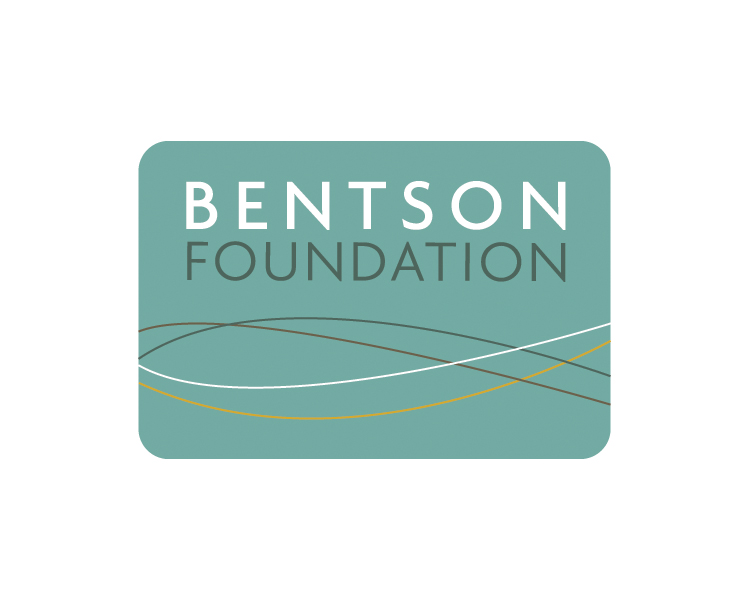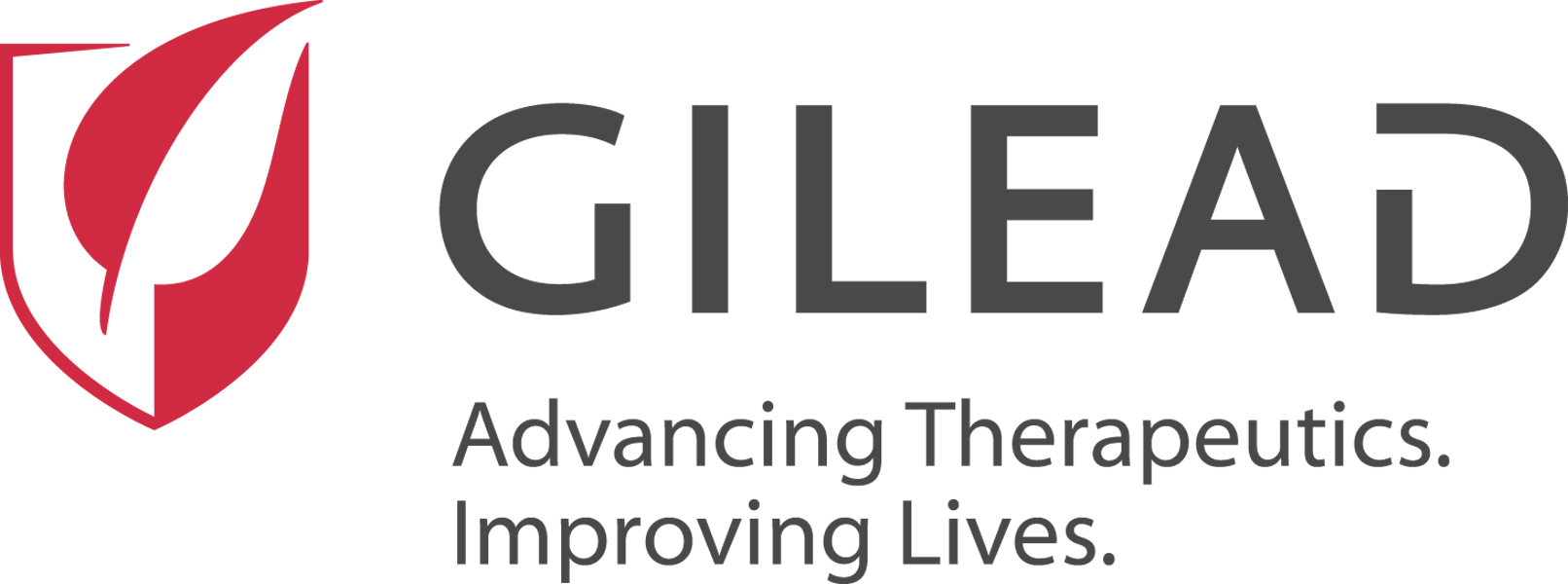Letter from chief medical officer cuts antibiotic prescribing
The Behavioural Economics Team of the Australian Government, in partnership with Australia's Chief Medical Officer (CMO) and the Department of Health, released a new report showing that targeting high-prescribing physicians with a letter from the CMO helped lower the number of antibiotic prescriptions within 6 months.
To conduct the randomized control trial, researchers identified the top 30% antibiotic prescribers by region. The CMO sent letters explaining antimicrobial resistance to one group, no letters to a control group, and letters containing information comparing the physician's prescribing behavior to his or her peers to other groups.
Six months after receiving the letters, doctors who had received a letter that included peer comparisons had reduced their prescribing by 12%.
"Compared to GPs who did not receive a letter, the peer comparison letters resulted in a 9.3 to 12.3 percent reduction in prescription rates over six months. In comparison, the education-only letter reduced antibiotic prescriptions by 3.2 percent over six months," the authors said.
The authors concluded that a peer comparison letter, signed by a respected authority, was an effective way to target antibiotic overuse.
Jun 25 Australian Department of Health report
CMS proposal would halt reporting of hospital infection, other safety issues
A proposed rule from the Centers for Medicare and Medicaid Services (CMS) would halt public disclosure of hospital-associated infections, including those from methicillin-resistant Staphylococcus aureus and Clostridium difficile, and other patient safety problems, a nonprofit group warned in a Jun 12 call to action that urged concerned groups to comment before the rule is finalized and takes effect in November.
The safety data are contained in the Inpatient Quality Reporting Program, established by the George W. Bush administration in 2005, when the CMS Hospital Compare website began disclosing some of the safety measures, according to a Jun 19 USA Today report.
Consumers, businesses, some health providers, and policymakers had pushed for including the information on the website as a part of more transparent system that pays hospitals receiving Medicare payment to report errors, injuries, and infections. The group that sounded alarm about the proposed rule change is Leapfrog Group, a nonprofit hospital rating organization based in Washington, DC.
A CMS official has denied that it was proposing to remove the information from Hospital Compare and emphasized that the changes are open for public comment, the USA Today report said. Though hospitals haven't pushed for the change, the American Hospital Association said that the amount of information required by different federal programs is burdensome and that the change would allow them to focus more on patient safety.
Jun 19 USA Today story
Jun 12 Leapfrog Group call to action













